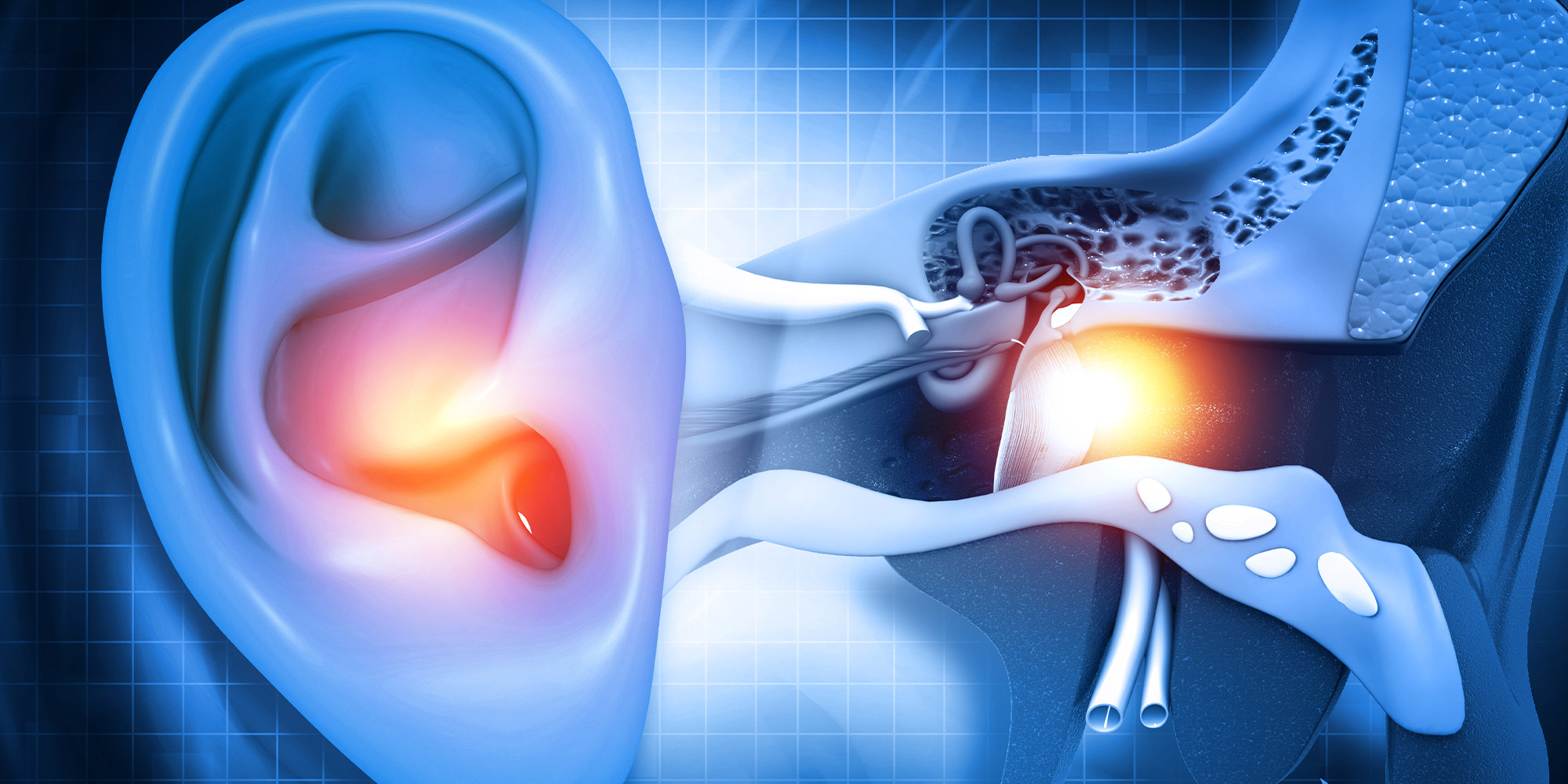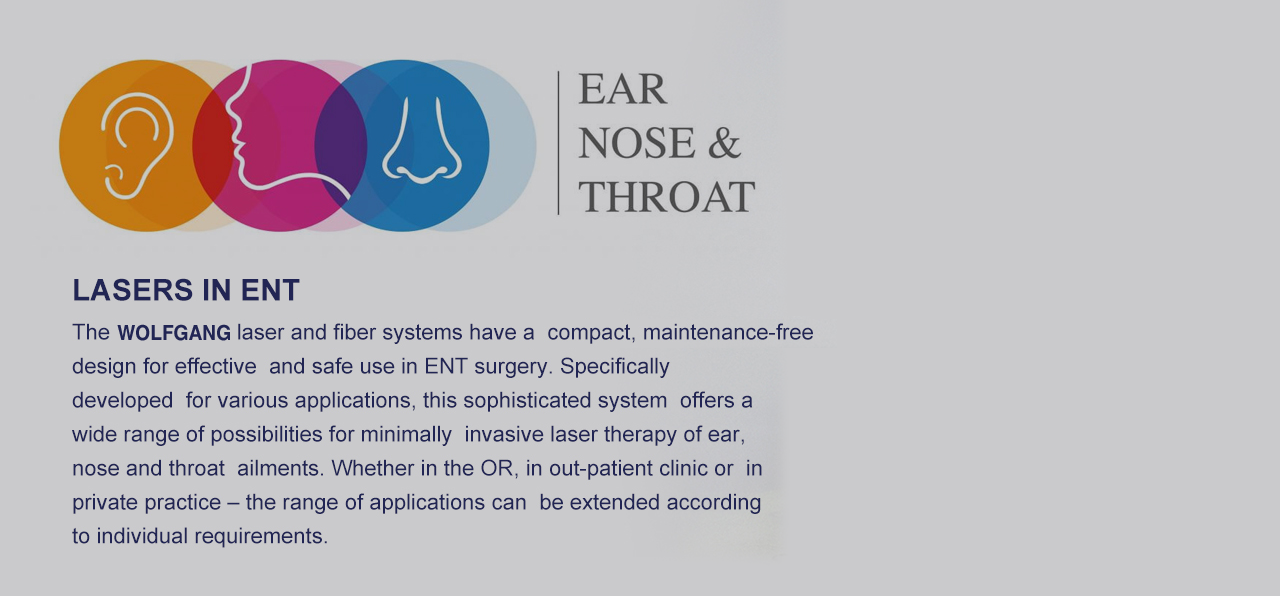
980nm 1470nm diode laser is a surgical technique became nearly indispensable in the field of ENT surgery today. Thanks to the diode laser having either a cutting or a coagulating effect, it is very suitable for a wide range of treatments for diseases of ear/nose/throat.
Due to the evolution of laser sources, the surgical otolaryngology approach has been revolutionized by the ability to perform minimally invasive, result in less tissue damage, a faster recovery, less pain and less scarring than surgeries performed through open incisions.
980nm 1470nm diode laser machine not only removes the affected tissue precisely but which does not also leave behind any residual scar or stiffness. There are no other complications after the operation, and the recurrence rate is low.
When it comes to the throat, surgery is often a challenge as it causes a scar and stiffness caused by the lesions. But the flexible fiber optics together with variable handpieces make minimally invasive surgeries possible cutting of the affected tissue without damaging the surrounding areas.
In general, patients heal their wounds well and require only simple follow-up care. While recovery time varies with each patient, recovery is typically fast.

Advantages
Applications
EAR
NOSE

Endo Nasal Surgery
Endoscopic surgery is an established, modern process in the treatment of nasal and paranasal sinuses. However, due to the strong bleeding tendency of the mucosaltissue, surgical treatment in this area is often challenging. A poor operating field of vision due to bleeding often results in imprecise work; prolonged nasal packing and significant patient and doctor effort is usually unavoidable.
The main imperative in endonasal surgery is to maintain the surrounding mucosal tissue as much as possible. New designed fiber with special conical fiber tip on distal end allows atraumatic entrance into nose turbinate tissue and vaporization could be performed in interstitially way to protect mucosa outside completely.
Due to ideal laser-tissue interaction of wavelength 980nm / 1470 nm, adjacent tissue is protected optimally. This leads to rapid reepithelialisation of bone areas that had been opened up. As a result of the good hemostatic effect, precise procedures can be undertaken with a clear view of the operating area. Using the fine and flexible WOLFGANG laser fibers with core diameter of min. 400 μm, optimal access to all nasal areasis guaranteed.
Advantages
One of the most frequent operations in the oropharynx area is laser tonsillotomy in children (Kissing Tonsils). In pediatric symptomatic tonsillar hyperplasias, LTT represents asensible, gentle and very low risk alternative to tonsillectomy (children up to 8 years of age). The risk of post- operative bleeding is minimal. The minimal amount of post-operative pain thanks to the shortened period of healing, the ability to perform out-patient operations (with general anesthesia) and the leaving behind of a tonsillar parenchyma are significant advantages of laser tonsillotomy. Due to the ideal laser-tissue interaction, tumor or dysplasias can be removed bloodlessly while keeping the adjacent tissue unaffected. A partial glossectomy can only be done under general anesthesiain a hospital operating room.
Advantages
Hindered drainage of tear fluid, caused by a blockage of the lacrimal duct, is a common condition, particularly amongst older patients. The traditional treatment method is to surgically reopen the lacrimal duct externally. However, this is a lengthy, difficult procedure associated with a high potential for side effects such as strong, post-operative bleeding and scar formation. It makes the reopening of the lacrimal duct as after, minimally invasive procedure. The thin cannula with its atraumatically shaped mandrel is introduced once in order to perform the treatment painless and bloodlessly. Then, the required drainage is set in place using the same cannula. The procedure can be done under local anesthesia and leaves no scars.
Advantages
Otology
In the field of Otology, diode laser systems extend the range of minimally invasive treatment options. Laser PARACENTESIS is a minimally invasive and bloodless treatment operation that opens the eardrum with a single shot contact technique. The small circular perforated hole in the eardrum, performed by the laser, has the advantage of remaining open for about three weeks. The emission of liquid is easy to handle and therefore the healing process after inflammation is considerably shorter, compared to conventional surgical treatment options. A large number of patients is suffering from OTOSCLEROSIS in the middle ear. The technique, combined with flexible and thin 400 micron fibers, offers ear surgeons minimally invasive treatment options for laser STAPEDECTOMY (a single pulse laser shot to perforate the foot-plate) and laser STAPEDOTOMY (a circular opening of the stirrup footplate for pick up special prosthesis afterwards). In comparison to the CO2 laser, the contact beam method has the advantage of eliminating the risk that the laser energy inadvertently affects other areas in the small middle ear structure.
Larynx
The main imperative in surgical treatments in the larynx area is to avoid significant scar formation and undesired tissue loss since this can significantly affect phonetic functions. The pulsed diode laser application mode is used here. This way, the thermal penetration depth can be further reduced; tissue vaporization and tissue resection can be executed precisely and in a controlled manner, even on sensitive structures, while optimally protecting the surrounding tissue.
Main indications: vaporization of tumors, papilloma, stenosis and removal of vocal cord polyps.
Pediatrics
In pediatric procedures, surgery often involves very narrow and delicate structures. The laser system offers considerable advantages. Using extremely thin laser fibers, such as in connection with a microendoscope, even these structures can be easily reached and precisely treated. For example, recurrent papiloma, a very common indication in children, becomes a bloodless and painless operation, with postoperative measures being significantly reduced.
